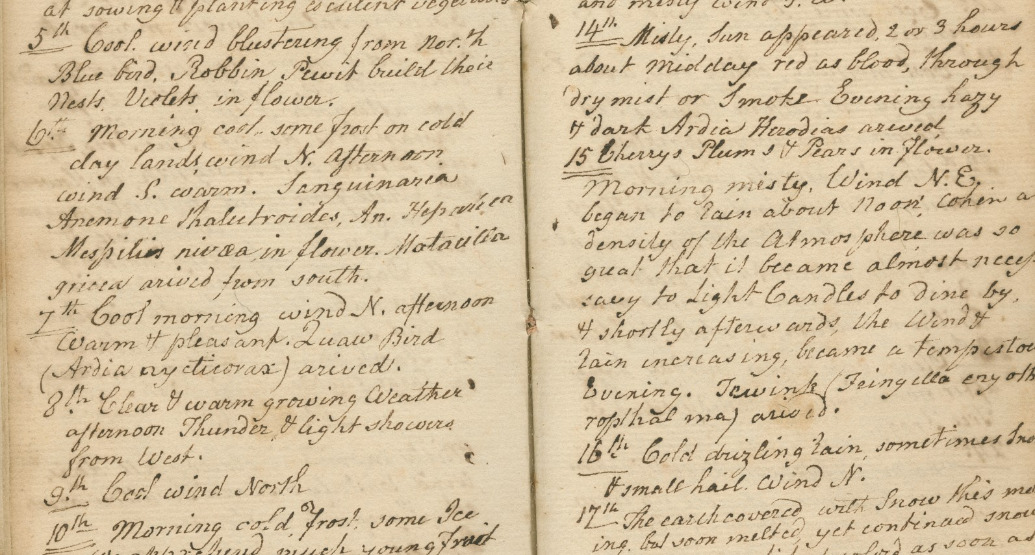
Help us expand access to important biodiversity data by correcting computer-generated transcriptions of our field journals!
Learn moreSelect a field journal to work with
Each field journal is different! The author, subjects, and handwriting will vary. Try multiple journals until you find one you like.
- View the TUTORIAL for instructions on correcting transcriptions
- See our FIELD GUIDE or ABOUT > EDUCATION for additional guidance
- Visit the TALK section to ask questions or see what other volunteers are saying
- Select an option from the dropdown menu and click DONE to submit your corrections and move to a new page
Zooniverse Talk
Chat with the research team and other volunteers!
Field Journal Fix-Up Statistics
View more statsKeep track of the progress you and your fellow volunteers have made on this project.
Every click counts! Join Field Journal Fix-Up's community to complete this project and help researchers produce important results. Click "View more stats" to see even more stats.
By the numbers
Message from the researcher
At first I was excited about using AI transcription software, but now I'm more excited about engaging the world with our collections. Not many people get to work with them in this way.
Briana G.About Field Journal Fix-Up
The Academy of Natural Sciences of Drexel University is the oldest natural history museum in the Americas and one of the country’s leading scientific institutions. The Academy's archives contain manuscripts, correspondence, films, photographs, art, and more. The archives also contain field journals, which are notebooks kept by naturalists as they travel on expeditions to collect specimens and conduct research. The journals hold many types of data including biological species names, weather reports, and environmental descriptions. They also provide glimpses into the lives of naturalists such as their daily routines and internal thoughts.
Because field journals are handwritten, traditional attempts at Optical Character Recognition (OCR) have failed to transcribe them. Instead, the Academy is using Amazon Textract, a machine-learning software, for a first attempt at transcription. This AI technology is never 100% accurate, so we are seeking your help to correct the transcripts for these fascinating journals from our archives and unlock an incredible source of biodiversity data and first-hand stories of science! Once digitized and transcribed, the journals are widely available and text-searchable, allowing us to build connections between the journals and other collections.